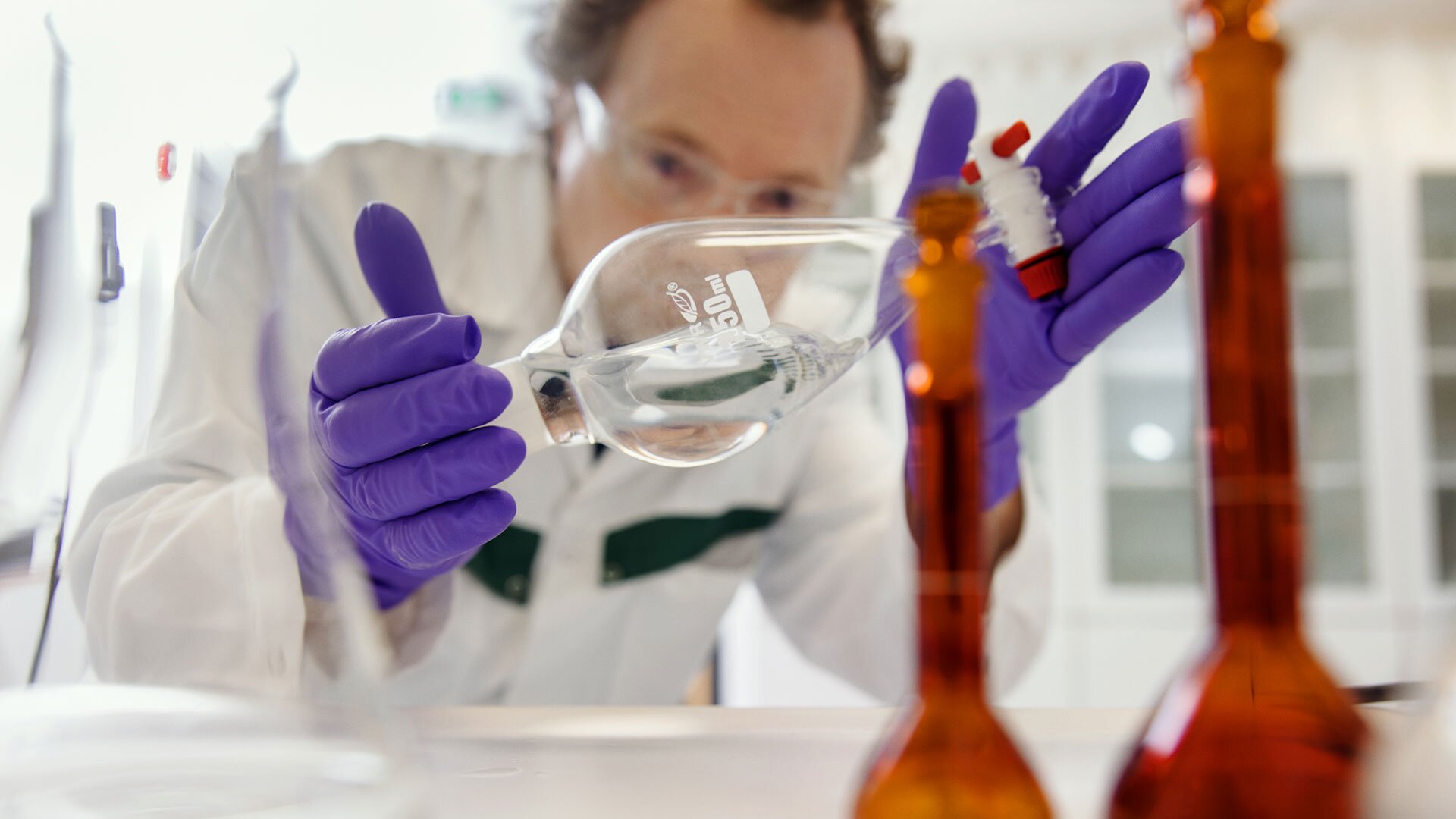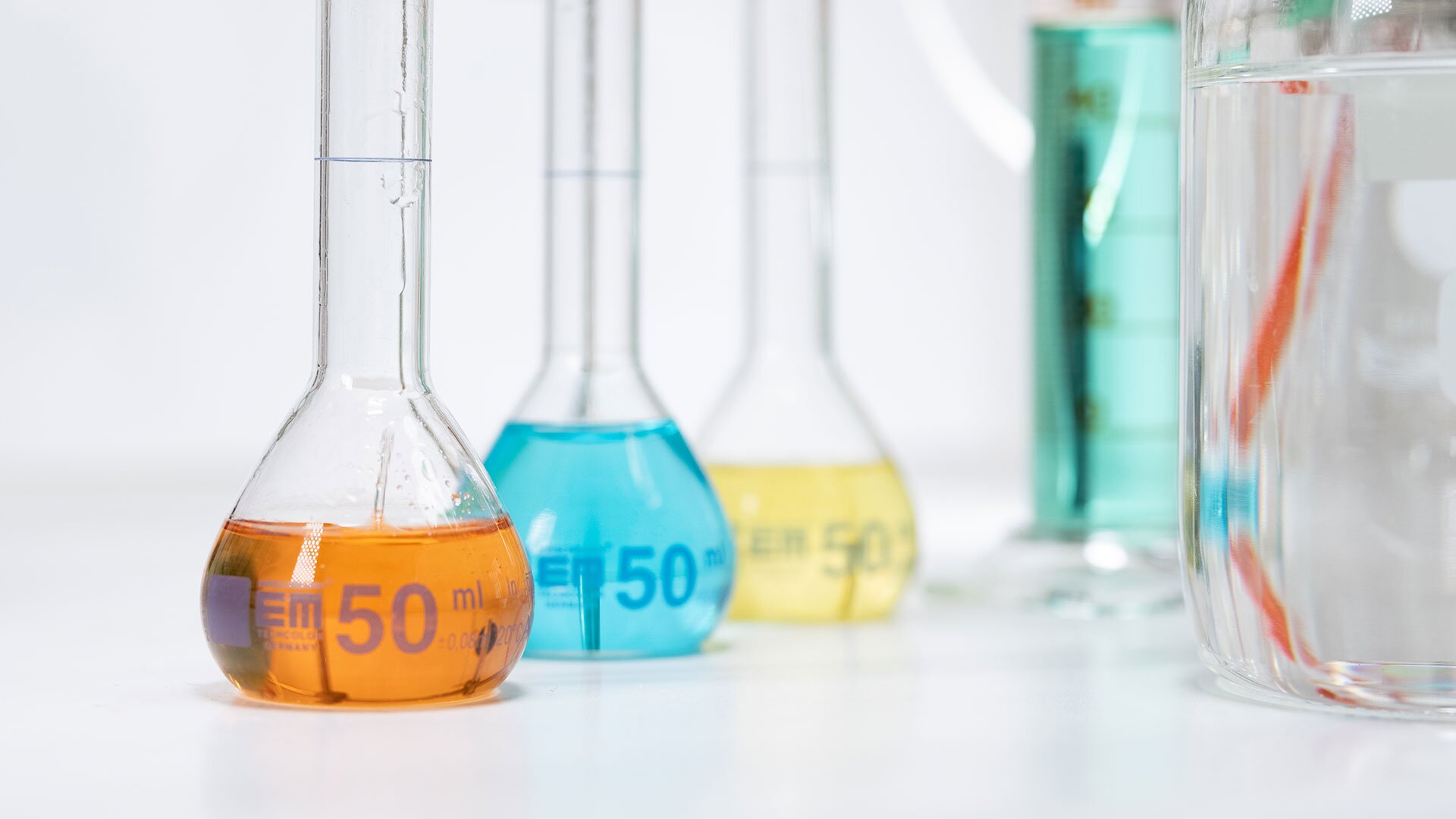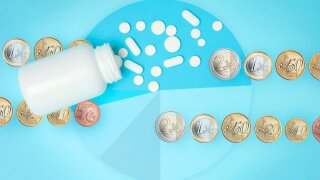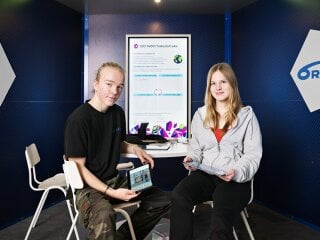The retail price of a medicinal product sold at a pharmacy consists of many elements: the wholesale price, the pharmacy margin and the prescription drug delivery fee in accordance with the Government Decree on pharmaceutical tariffs, and value added tax at a rate of 10%.
As an example, let’s take a prescription drug sold as a packet of 100 tablets for a total price of EUR 12.88 for the pharmacy customer. Its wholesale price is EUR 6.58, the pharmacy margin is EUR 2.96, the delivery fee including value added tax is EUR 2.39, and the value added tax is EUR 0.95.
If the customer has exceeded their annual initial deductible of EUR 50, Kela will reimburse 40% of the total price of a prescription drug that is eligible for the basic refund. In other words, the customer will pay the remaining EUR 7.73 of the total price of the product.
The initial deductible does not apply to children and young people. It is applied from the beginning of the year when the young person turns 19.
A delivery fee in accordance with the Government Decree on pharmaceutical tariffs is added to the price whenever a pharmacy delivers a prescription product. If the product requires the pharmacy to carry out specific measures, such as adding sterile water to an antibiotic product, the delivery fee is EUR 4.24. If the product is covered by Kela, reimbursement will also be calculated for the portion of the price that consists of the delivery fee.
Is the Kela reimbursement granted automatically?
The reimbursability of a medicine mainly refers to the Kela reimbursement, which is granted before payment at the pharmacy if the medicine has been prescribed for treating an illness and is reimbursable in accordance with the Pharmaceuticals Pricing Board.
The pharmacy checks the right to reimbursement electronically with Kela.
The initial deductible for medicine expenses is EUR 50 per calendar year. This means that the customer pays the full price for the medicines they purchase until the total exceeds EUR 50. After this, they can be granted reimbursement in accordance with the basic rate of imbursement (40%), the lower special rate (65%) or the higher special rate (100%). If the higher special rate is applied, there is a co-payment of EUR 4.50 per medicine and per purchase. The special rate is applied on the basis of a medical certificate awarded by Kela.
What is the annual maximum limit on out-of-pocket costs?
There is an annual deductible for medicine expenses incurred by an individual. After this deductible is exceeded, the customer is entitled to additional reimbursement.
In 2022, the annual maximum limit on out-of-pocket costs is EUR 592.16, which is slightly higher than in the previous year. When this limit is exceeded, the customer only pays EUR 2.50 per medicine and per purchase for the rest of the year, and Kela reimburses the pharmacy for the rest.
Information about the exceeded limit is automatically available to the pharmacy in connection with the purchase, and the customer does not have to think about their deductible.
Should self-care products be purchased with or without a prescription?
Non-prescription self-care products are intended for short-term use. If the condition is prolonged, the customer must contact a doctor, who can write a prescription if necessary.
The pricing of prescription drugs and self-care products is based on different pharmaceutical tariffs. Their calculation formulas are based on a Government Decree and vary in accordance with the purchase prices of the medicine.
A delivery fee of EUR 2.39 is also added to the retail price of a self-care product if the product is sold on prescription.
There is no unambiguous answer to whether a self-care product is cheaper when it is sold on prescription. If a self-care product is eligible for reimbursement by Kela, it may be cheaper to purchase it on prescription. The terms and conditions of private insurance policies also often require self-care products to be bought on prescription.
The pharmacy will be able to provide advice on the cheapest and most sensible option in each case.
Do the prices of medicines change?
When the Finnish Medicines Agency (Fimea) has confirmed marketing authorisation for a medicinal product, the pharmaceutical company can introduce it to the market and determine its wholesale price if the product is not covered by the reimbursement system.
If the pharmaceutical company wishes to make the product reimbursable, the company must apply for the product to be included in the medicine reimbursement system. Eligibility for reimbursement is granted by the Pharmaceuticals Pricing Board, which also confirms a reasonable wholesale price for the product. This price is the limit that the pharmaceutical company cannot exceed.
Decisions concerning reimbursement and the wholesale price are always fixed-term and valid for up to five years. Then the company must apply for an extension with the Pharmaceuticals Pricing Board. However, the reimbursability and maximum wholesale prices of products covered by the reference price system are valid until further notice.
What is a reference price?
A reference price group is a group of reimbursable and mutually interchangeable medicinal products that have been granted marketing authorisation. Fimea determines interchangeability for products which contain the same active pharmaceutical ingredient in the same amount and which are of equal biological value.
In the reference price system, products are grouped every three months, and the product with the lowest price in the group determines the reference price. The reference price is the maximum price based on which the Kela reimbursement is calculated for a medicine.
If the customer selects a medicine which is priced higher than the reference price and its replacement is not specifically prohibited on the prescription, the customer must pay for the portion of the price that exceeds the reference price.
What is the difference between proprietary products and generic products?
According to Fimea, a proprietary product is a medicinal product introduced to the market by the party that developed the active pharmaceutical ingredient, or by a party authorised by them.
A generic product is a medicine that contains the same active pharmaceutical ingredient as the proprietary product and has the same strength and pharmaceutical form as the corresponding proprietary product.
Generic products can be brought to the market once the patent for the proprietary product has expired. With certain exceptions, the reasonable wholesale price confirmed for them cannot be higher than 50% of the maximum wholesale price confirmed for the proprietary product.
If generic products constitute a reference price group, the Pharmaceuticals Pricing Board usually requires the maximum wholesale price of the proprietary product to be reduced to the price level of the generic products after a year to ensure that it maintains its reimbursement status.
Can pharmaceutical companies compete through pricing?
A pharmaceutical company can change the price of a product every two weeks, but it is difficult to compete through medicine prices. Price competition in the market reduces medicine prices, especially if the products are covered by the reference price system.
According to the Government Decree on the Tariff of Medicines, a pharmacy can give discounts to people with a front-soldier badge, a front-line service badge, a front-line badge, a veteran badge or a certificate of participation in mine clearance operations.
Pharmacies are also allowed to give loyal customer discounts on self-care products.
Orion's portfolio development team in Commercial Operations Finland was interviewed for this article.











